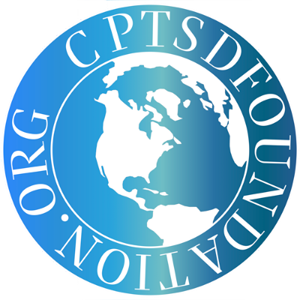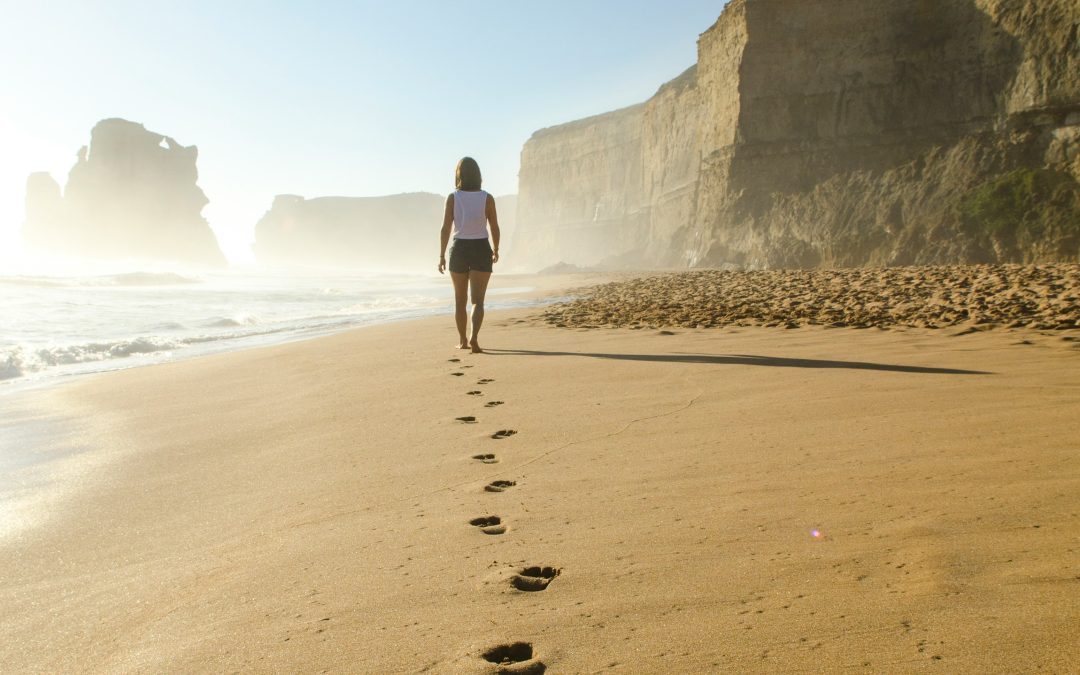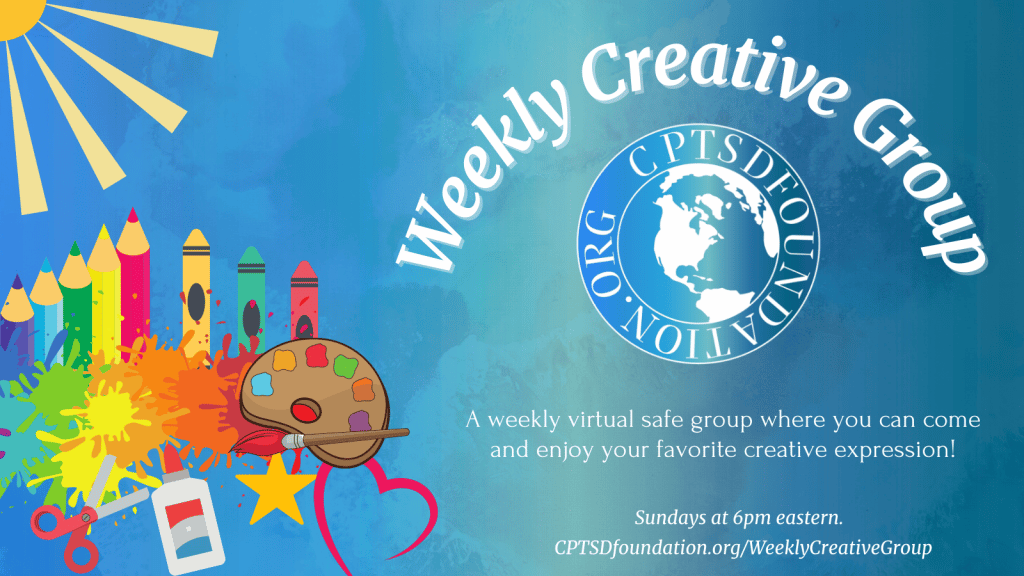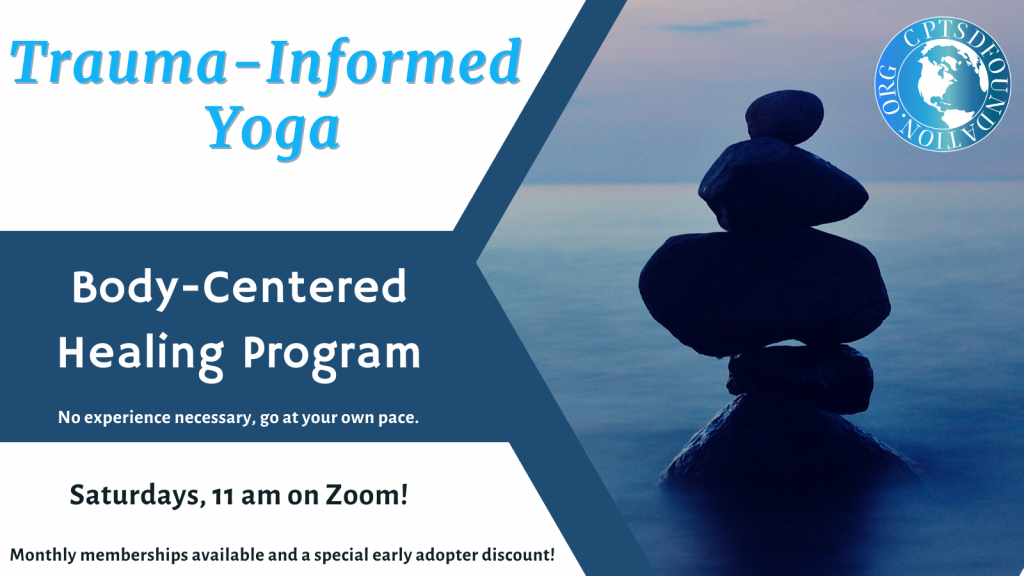I’ve never been one to latch onto societal labels that spark division between men and women or even among women themselves. However, I cannot deny that throughout my life as a woman in this world, I have often found myself struggling to navigate the delicate balance of societal expectations.
What’s the tightrope I walk of being a woman in the society I live in?
When a woman knows her worth, some men feel threatened by her.
When a woman knows her worth, some women feel threatened by her.
If a woman is confident, knows what she wants, is assertive, and keeps her head held high, she’s arrogant, she’s a braggart, she’s another word that also starts with the letter “B,” and she needs to shut up.
If a woman is soft-spoken in her mannerisms and voice, she’s weak, she’s a pushover, and she’s not a team player.
If she falls in the middle, she’s lost in the background and has nothing to offer.
If her dresses are too short, she’s promiscuous and was asking for it.
If her dresses are long, she’s a prude and has no sex appeal.
If her dresses fall somewhere in the middle, she’ll get catcalled regardless, and it’s still her fault for being a temptress.
If a woman gets married and has children in her early 20s, she’s “rushing her life,” and she’ll be divorced in 10 years anyway.
If a woman doesn’t get married until her late 30s, she’s “an old maid,” and it’s such a shame that no one wanted her while she was in her prime.
If a woman never marries or has children, she’s not carrying out what she’s “supposed” to according to societal expectations.
As a woman, I’ve gotten criticism from every angle throughout my life.
I began my undergraduate studies in computer science and learned on the first day of class that wearing a bright yellow sundress to class probably wasn’t the best idea; the stares that the guys in the class gave me showed what they were really thinking: “She’s lost.”
I would stand in line at the career fair for internships at technology companies and get comments from my male peers in the line like, “This booth is for Software Engineering roles only” and “Well… you don’t look like a computer scientist.” I thought to myself: Then, what’s a computer scientist supposed to look like?
Even churches weren’t immune. Although I had just turned twenty, I was always asked, “Where’s your husband?” When they found out I was still single, they’d say with great fervor, “Well, don’t you worry, we’ll find you your knight in shining armor!” Am I really some sort of damsel in distress who needs a knight in shining armor to come to save me?
In high school, I was the only female on the robotics team with about 25 other boys, and many of them were so uncomfortable with my presence that they couldn’t even look me in the eyes or call me by name. I never felt uncomfortable around them, but the fact that they felt uncomfortable around me made me feel uncomfortable.
I tinkered with robots and Arduinos at school; then after school, I threw on my leotard and tights to go practice my pirouettes at the dance studio. This was my norm. I was never ashamed of embracing my femininity and holding my own while pursuing what I was genuinely passionate about, no matter what kind of environment I was in.
When I reflect on the conflicting standards of womanhood our society holds, they don’t make sense to me. I’ve come to realize that I’ll never please everyone, nor should I have to. The closed-minded opinions people hold about a woman’s role only result in confusion and judgment when they encounter someone who breaks their static view of what is “normal” in our society. And I’m finally okay with that.
What’s my personal definition of womanhood?
I lose track of time for six hours designing a website, and then I’ll go dance my heart out at dance class so I can get a break from the laptop. The clothes in my closet range from bright, flowery, frilly dresses to sweatpants and ginormous T-shirts, as well as my Jiu-Jitsu training gear. (It’s great for self-defense!)
Although I’ve struggled with acne and rosacea for many years, I don’t wear any makeup like I did when I was a teenager. I embrace the imperfections on my skin and no longer feel the need to cover up those blemishes. I love my natural hair color, so I don’t get it colored at the salon. In the mornings, I don’t flat iron or curl my hair either; I just let it hang loose the way it is or throw it into a messy bun and get about my day. It’s a rarity that I get my nails done anymore—in the past, I only kept up with that expensive hobby to fit in with the other women in the environments I was in. Over time, I decided that money could be spent on more productive things such as online courses and other opportunities for personal growth.
Although it seems that many women my age are already married and on their first baby, I am confident in my singleness and the time I’ve had to embrace my journey of healing and self-discovery. Establishing fierce independence at this age has given me the confidence to know that if I ever do get married, I will know who I am at my core and will not need to depend on another person to take care of me.
I’ve regained the ambition and creativity I had during childhood, and I’m putting in the time and effort to decide how I want to live the rest of my life and achieve my personal goals. I forgive easily, am not afraid to listen to someone who has a different opinion than my own, and have a “live and let live” philosophy. I own my actions and don’t shy away from hard conversations.
Regardless of my ability to be social when needed, I’m not one to hang out in large crowds, go to concerts or sports games, or revel in gossip circles or petty drama. My idea of weekend fun is cozying up at home alone with my fuzzy socks and blanket, lighting my favorite cranberry apple-scented candle, and losing myself in a good book.
This is my personal definition of womanhood.
I love embracing what makes me unique in my womanhood and not letting anyone define my femininity. Although I second-guessed myself in the past, I no longer feel guilty when I don’t submit to any standards of who a woman “should” be according to the world I live in. I choose my own path the way that I want to walk it, without fear of admonishment or punishment from others. In a society that profits off of women’s insecurities and fears, this can be a lonely path, but I no longer feel threatened by other people’s closed-minded opinions.
I am proud that I have finally gotten to the point on my journey where I no longer feel the need to change who I am to make anyone — whether a man or a woman — approve of me.
I am Natalie Rose, and I am proud to be me.
Photo by Brian Mann on Unsplash

Guest Post Disclaimer: Any and all information shared in this guest blog post is intended for educational and informational purposes only. Nothing in this blog post, nor any content on CPTSDfoundation.org, is a supplement for or supersedes the relationship and direction of your medical or mental health providers. Thoughts, ideas, or opinions expressed by the writer of this guest blog post do not necessarily reflect those of CPTSD Foundation. For more information, see our Privacy Policy and Full Disclaimer.
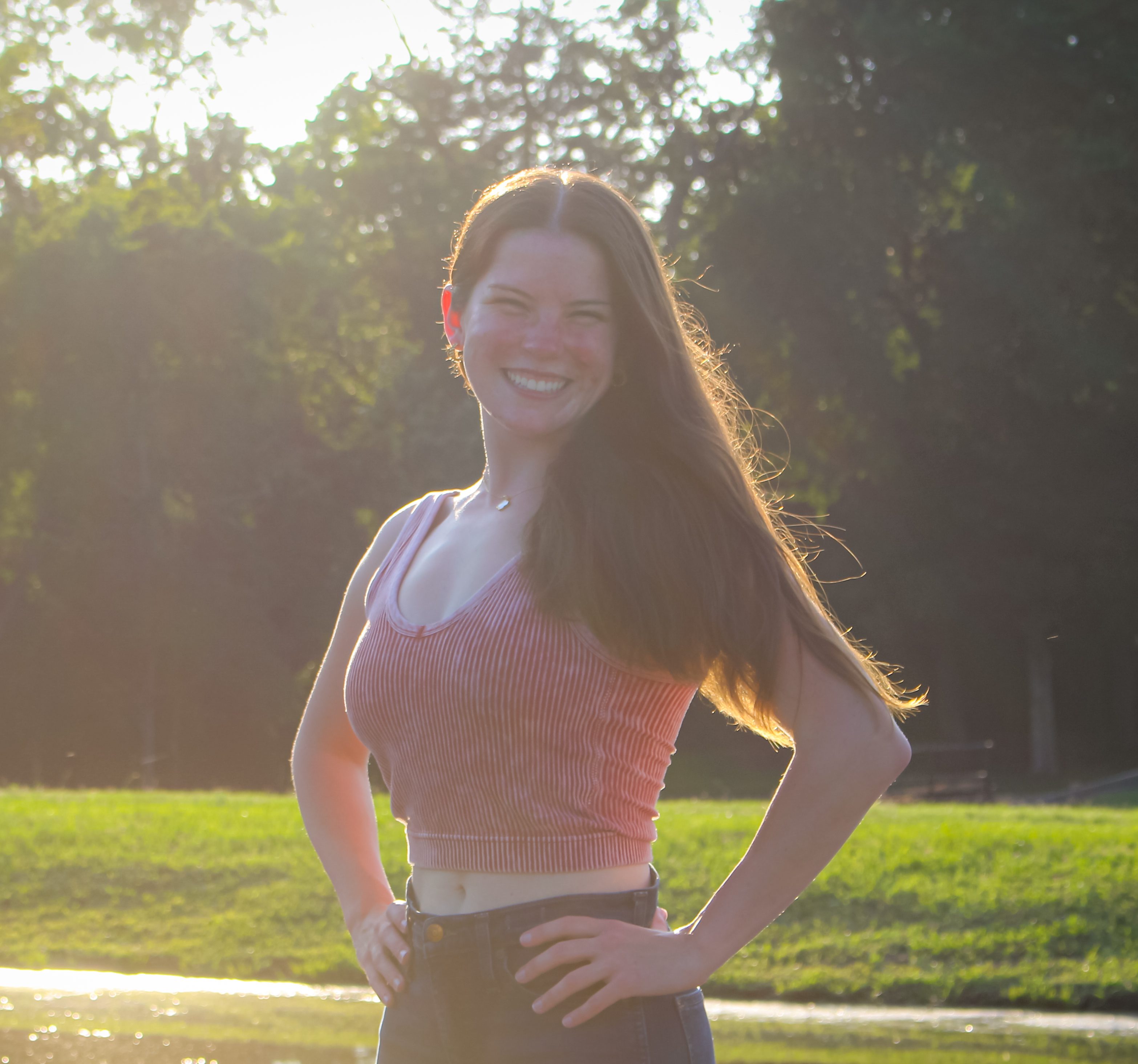
My name is Natalie, and I am a survivor of about 13 years of absolute psychological torture from Complex PTSD symptoms. For the longest time, I thought I was inherently sick and broken beyond repair. I spent over a decade running around in circles in the medical system trying to figure out what was “wrong” with me and how to “fix” it.
♡ What is Complex PTSD? ♡
Complex PTSD symptoms come from severe, prolonged, and numerous incidents of trauma, typically of a relational nature. Symptoms can come from any type of trauma, though, and the trauma doesn’t necessarily have to stem from childhood — adults can develop CPTSD as well. Trauma can damage the brain and shrink the hippocampus, causing many of the symptoms of CPTSD. I decided to go public with my story to be a voice for the voiceless. There are too many survivors being told CPTSD is a lifelong sentence, and they are not being given the tools they need to overcome their symptoms.
♡ My Story ♡
I endured multiple types of traumas starting at around age thirteen, including numerous situations of both individual and large-group interpersonal cruelty. Some of these situations forced me to switch environments. My body couldn’t fathom what was happening, and my nervous system shut down. I saw danger everywhere, operated in a panicked survival mode, and lived in fear, anxiety, and isolation. I did my best to appear “normal” on the outside, keep a smile on my face, and control what was happening on the inside, distracting myself with extreme workaholism and doing nice things for others. I took active steps to keep branching out in confidence again, but these traumas kept piling onto each other and overlapping. I wasn’t ready to give up yet, though, because I knew my family and friends would be distraught if I did. The most difficult and heartbreaking part of my story is that the two communities I set out to seek healing in—religion and the medical system itself—caused further trauma when some religious leaders, congregation members, and medical professionals chose to take advantage of my vulnerability for their own motives. In most of these situations, I didn’t even realize I was a victim until outsiders pointed it out for me and that my vulnerability made me a target of malicious people. Each future situation of being targeted was just salt on the wound of the original incident.
♡ My Struggles to Find Answers ♡
What I went through all those years was so severe, and my symptoms and physical body reactions as a result were so excruciating that I went as far as to see a neurologist, concerned that my symptoms were the result of some sort of nervous system disorder. However, he returned with no paperwork in his hands to inform me that there was nothing wrong with me but that I was simply completely traumatized, and my body reacted accordingly. I finally realized that my symptoms were not the result of an inherent mental or physical illness and began to take a trauma-based approach to my healing after many years of believing that I was “sick” for the rest of my life. My true progress began when I finally rejected the lies that were told to me that I would have to manage my symptoms for the rest of my life and made the decision to believe that I was fully capable of healing from my excruciating pain.
♡ Finding My Own Healing ♡
I am excited to share tips for natural, somatic, and holistic healing that have helped me overcome things like dissociation, flashbacks, sleep challenges, anxiety, hypervigilance, and more. I began to pursue unique methods of healing after many years of not seeing much progress through westernized care, and this was the catalyst for fast-tracking my healing. I aim to help survivors overcome their feelings of self-guilt, blame, and humiliation and help them realize that their bodies had normal reactions to abnormal situations.
I’m so glad I didn’t give up when my pain felt unbearable. I know what I’ve survived. I know the work I’ve put in to overcome it. I am finally living a life of consistent peace and contentment, and I am sharing my story from the other side. I hope to encourage other survivors that there was never anything wrong with them to begin with and that they are capable of living healthy, happy, and fulfilled lives. I aim to live my life in love of both others and myself, understanding that everyone has a story of their own. I am grateful to the CPTSD Foundation for giving me an opportunity to share my story.
♡ Personal Blog ♡
To learn more about my healing journey, please visit my personal blog, “Little Cabin Life,” at:
littlecabinlife.com
